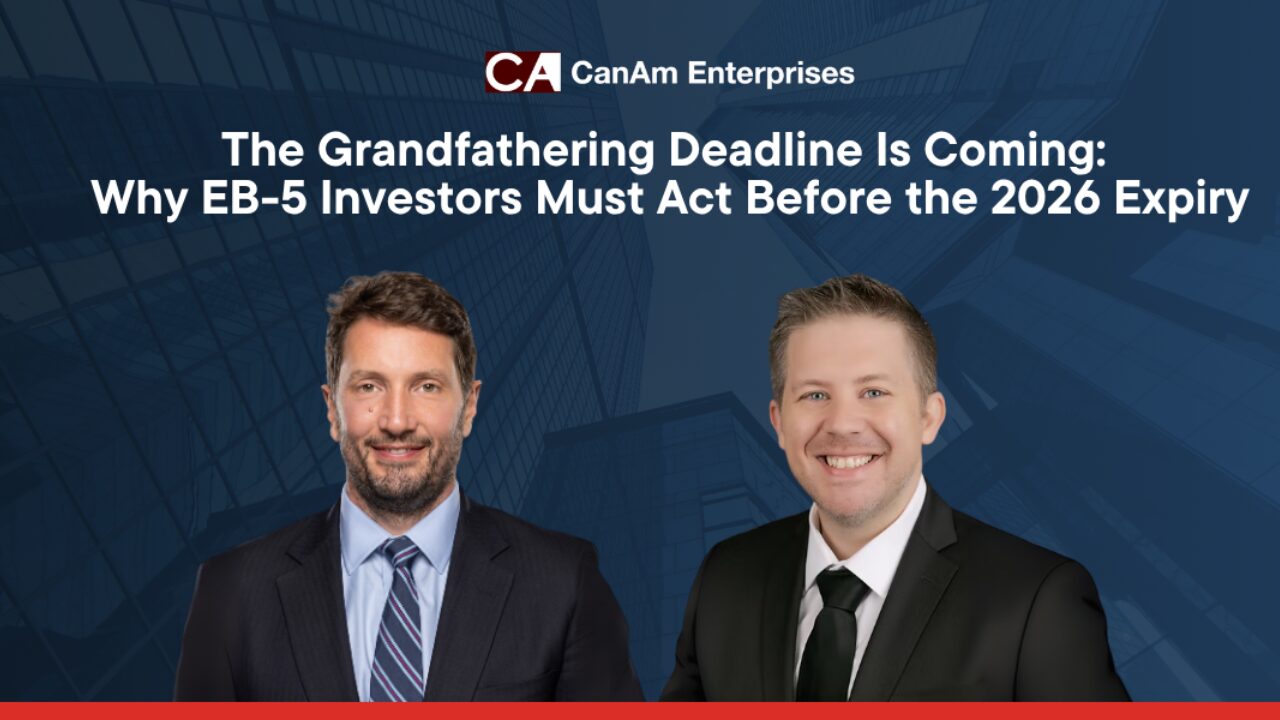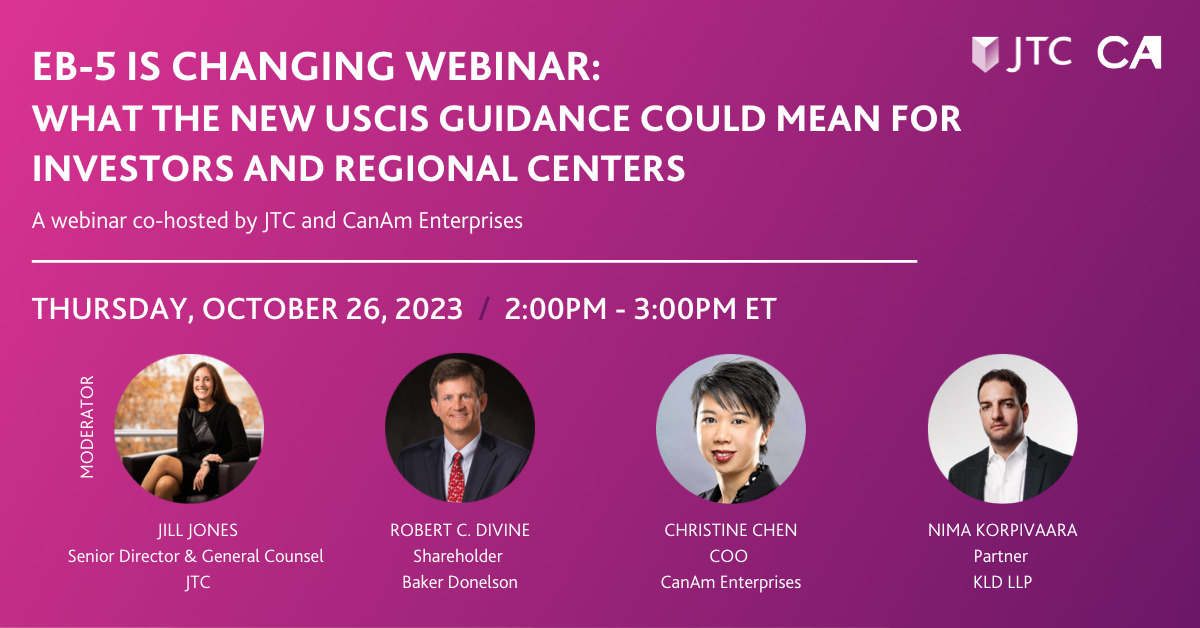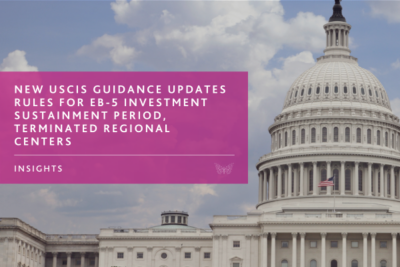Navigating Market Volatility
In today’s turbulent investment landscape, uncertainty reigns supreme. Market cycles shift rapidly, geopolitical shocks reverberate across asset classes, and traditional diversification strategies no longer offer the protection they once did. In a recent CanAm webinar, Joan Hull, Director of Relationship Management, sat down with renowned global value investor Rupal Bhansali to discuss how investors can thrive—not just survive—in volatile markets. Drawing on four decades of experience investing across more than 50 countries, Bhansali delivered a masterclass in risk management, contrarian thinking, and the disciplined patience that underpins successful long-term investing.
Investing Began at Home: The Origins of a Risk-Conscious Mindset
Bhansali’s journey into investing was born out of personal experience. Growing up in a family of brokers in India, she saw firsthand how wealth can vanish as quickly as it appears when risk is ignored.
“They say being poor is the worst thing in the world. I disagree. Try being poor after you’ve been rich—you know what you’re missing,” she recalled. “That experience taught me that not investing wisely can be devastating. I didn’t want anyone else to experience that reset.”
That early exposure to volatility ingrained a principle she would carry throughout her career: true investing is not just about making money—it’s about protecting it.
“You Cannot Enhance Returns Without Reducing Risk”
One of Bhansali’s most striking points was her insistence that reducing risk is not the opposite of enhancing returns—it’s the path to achieving them. She challenged the widely held belief that high returns require high risk.
“People think investing is about making money. And of course it is. But you can’t keep what you’ve made if you don’t manage risk well,” she said. “Losses drag down your returns in a very big way.”
Using a simple example, she illustrated how a 50% gain followed by a 50% loss doesn’t bring you back to even—it leaves you significantly underwater. Protecting capital from large drawdowns is not about avoiding opportunity; it’s about compounding smartly over time.
“It’s not the winning idea that makes the biggest difference to your returns—it’s the size of your losing idea,” she noted. “That’s why we say we win by not losing.”
The Real Risk? Certainty That Proves Wrong
According to Bhansali, the most dangerous risks in investing are not the ones that show up in headlines—they’re the ones hiding in plain sight.
“The biggest risk is not uncertainty. It’s certainty that proves wrong,” she warned. “It’s not what you don’t know—it’s what you know that ain’t so.”
From the Asian financial crisis to the global financial crisis, Bhansali has seen overconfidence wipe out portfolios. When people were sure that Asian economies were “miracles,” they turned out to be “mirages.” When investors believed mortgage-backed securities were AAA quality, they turned out to be junk. Today, she believes similar blind spots may exist in U.S. markets.
“We’ve long believed in U.S. exceptionalism. But that certainty is being called into question. That’s why risk assessment requires a contrarian mindset.”
A Decade of Regime Change: Three Major Shifts Ahead
Looking forward over the next 5 to 10 years, Bhansali sees a significant shift in market leadership—and portfolio construction.
- The Comeback of Value Investing
- A Revival of Active Management
- Outperformance of International Markets Over the U.S.
“There’s opportunity to make money, but not in the usual places,” she said. “People are still positioned for the last decade. They need to prepare for the next one.”
She challenged investors to rethink 60/40 portfolios, warning that during periods of stagflation—like she believes we are entering—both stocks and bonds can underperform simultaneously.
The Achilles’ Heel of Growth Investing
Growth investing has dominated the past two decades, but Bhansali believes the tide is turning.
“One challenge with growth investing is you have to look far into the future to justify current valuations. The further out the returns, the greater the risk you won’t achieve them,” she explained. “It’s the old saying: a bird in the hand is worth two in the bush.”
Additionally, the very forces that propel growth—innovation and disruption—eventually turn on their creators. Yesterday’s disruptors become today’s incumbents.
“At some point, they become the disrupted. Be careful what you wish for,” she advised. “Value investing, in contrast, only requires believing things won’t get worse—not that they’ll get dramatically better.”
Private Markets: High Returns, Hidden Risks
Bhansali was candid about the risks she sees in private equity and private credit—two of the most popular asset classes among institutional and high-net-worth investors today.
“Both are built on leverage. Leverage amplifies everything. Good news becomes great news, but bad news becomes disastrous news,” she cautioned.
Despite growing concerns, these asset classes remain in vogue. But Bhansali believes that sentiment will shift—perhaps dramatically.
“In the decade ahead, people will call private equity junk equity and private credit junk bonds. That’s what they really are.”
Emerging Markets: A Contrarian Opportunity
While many investors view emerging markets as inherently riskier, Bhansali sees overlooked upside.
“All investing carries risk. The question is, are you being paid to take that risk?” she said.
Emerging markets have been out of favor for over a decade. That, in her view, presents an asymmetrical opportunity—where bad news is already priced in, and upside surprises can drive returns.
She also introduced a compelling thesis for why emerging markets could benefit in a post-COVID, remote-work-driven world:
“Remote work and cloud computing are leveling the playing field. If someone in Kansas City can work remotely, so can someone in Kolkata. This could reverse decades of brain drain and wealth drain from emerging markets.”
Bhansali believes countries like India and Brazil are particularly well-positioned to capitalize on this trend, thanks to improving infrastructure and digital connectivity.
Dividends: A Forgotten Source of Return
In an environment where capital appreciation may be harder to come by, Bhansali advocates revisiting dividends as a powerful—yet overlooked—source of total return.
“People have forgotten that nearly half of the long-term return from equities comes from dividends,” she said. “In some markets, I believe we’ll see capital depreciation. But dividends can still deliver a positive return.”
Her portfolios are increasingly tilted toward international dividend-paying stocks, many of which offer yields significantly above bond rates—with favorable tax treatment to boot.
“Imagine getting tax-advantaged income that also has capital appreciation potential. That’s having your cake and eating it too.”
Currency Tailwinds
Bhansali also highlighted currency exposure as a potential third leg of return from international investing, especially as the U.S. dollar sits at elevated levels.
“Emerging market currencies are undervalued. As the dollar normalizes, international investors may benefit from currency gains in addition to dividends and capital appreciation.”
The Case for Patience
Bhansali concluded with a reflection on a misunderstood trait in investing: patience.
“Patience is not the slow move—it’s the smart move,” she said. “Time is the friend of a good business. But the enemy of a bad one.”
She likened patient investing to gourmet dining: it takes time to prepare, but the payoff is worth the wait.
“If you judge a meal by how quickly it’s made, junk food will always win. But gourmet food, properly prepared, offers lasting satisfaction. Value investing is the same.”
Final Thoughts: Principles Over Predictions
Rather than offer predictions, Bhansali offered timeless principles—focus on quality, prioritize risk management, and embrace non-consensus thinking. Her approach favors humility, resilience, and preparation over forecasting.
“Investing is not about being certain. It’s about being prepared. We manage portfolios to win by not losing—because that’s how you compound wealth over the long term.”
Dive Deeper Into EB-5:








